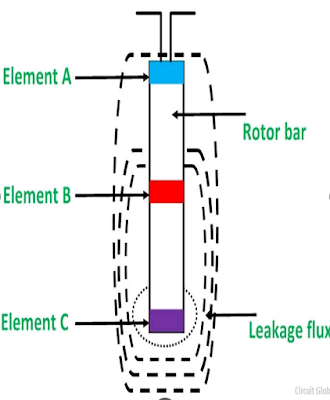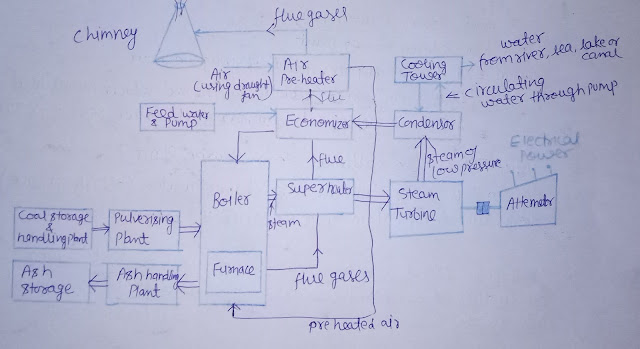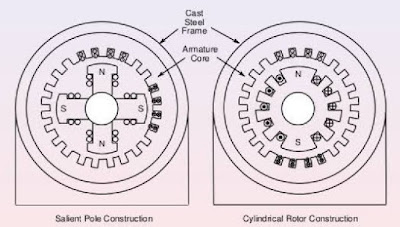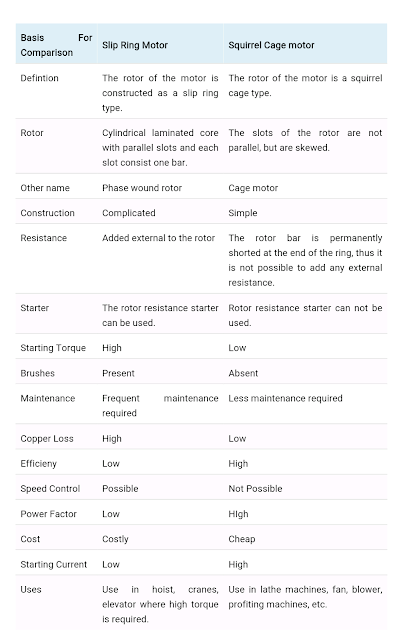Single Phasing in Polyphase Electrical Motors
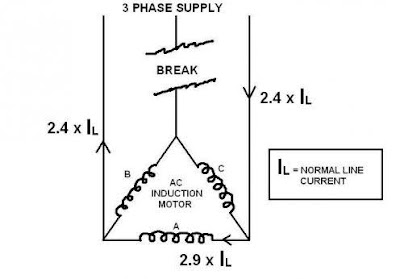
Single Phasing in Electrical Motors In a polyphase machine when one phase gets disconnected from the machine, this condition is known as single phasing. In an induction motor, single phasing causes the motor to slow down and increased amount of current flows in the winding of the 2 phases of the motor which may cause the motor windings to burn and eventually the motor will be disconnected from the supply. Effect of Single Phasing The following are the effects of single phasing: 1) Due to single phasing the current in the remaining two phases increases. 2) Single Phasing reduces the speed of the motor. 3) The motor becomes noisy and starts vibrating due to uneven torque produced in the motor. 4) If the motor is arranged for standby and automatic starting then the motor will not start, and if the overload relay provided fails to function then the motor may burn. 5) The windings will melt due to overheating and can give a fatal shock to the personnel. 6) It m
